On November 7, 2020, around 21h 27min UT, a very bright fireball was observed and caught on camera over Scandinavia. Witnesses which were close to the trajectory were affected by cloudy skies and did not see the fireball, but some heard a “deep exploding sounds” or “long rumbling sounds like thunder or a motor“.
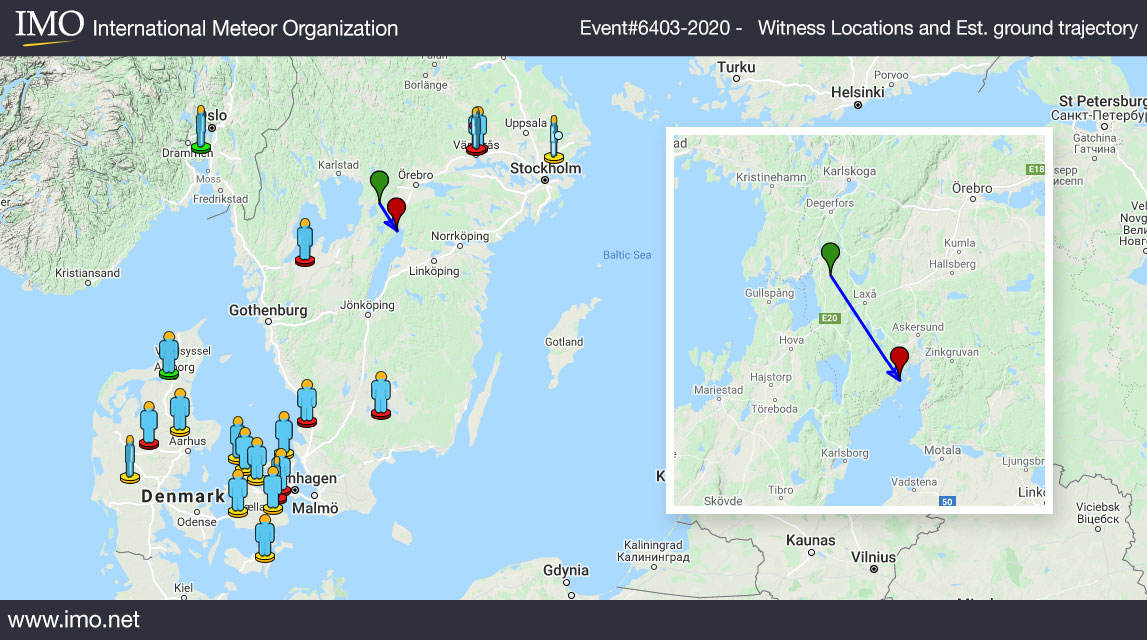
The event has been caught on cameras, some associated to a meteor observing network like the Norsk Meteornettwerk or by CCTV video recordings. Those show a slow moving meteor lasting a few seconds and which brightness lit up the ground and the sky. Another video is available here.
According to the Norsk Meteornettverk calculations and recording, this sporadic meteor entered the Earth atmosphere at a 17.4 km/s speed and a 70.4° inclination. It became bright when it was 100 km West of Stockholm and 15 km North of Västerås (59,731° N ; 16,465°E), while its altitude was ~83 km. It then traveled North-East with a 65° azimuth and disappeared at a 17km altitude, 45 km West of Uppsala (59,819°N ; 16,846°E).
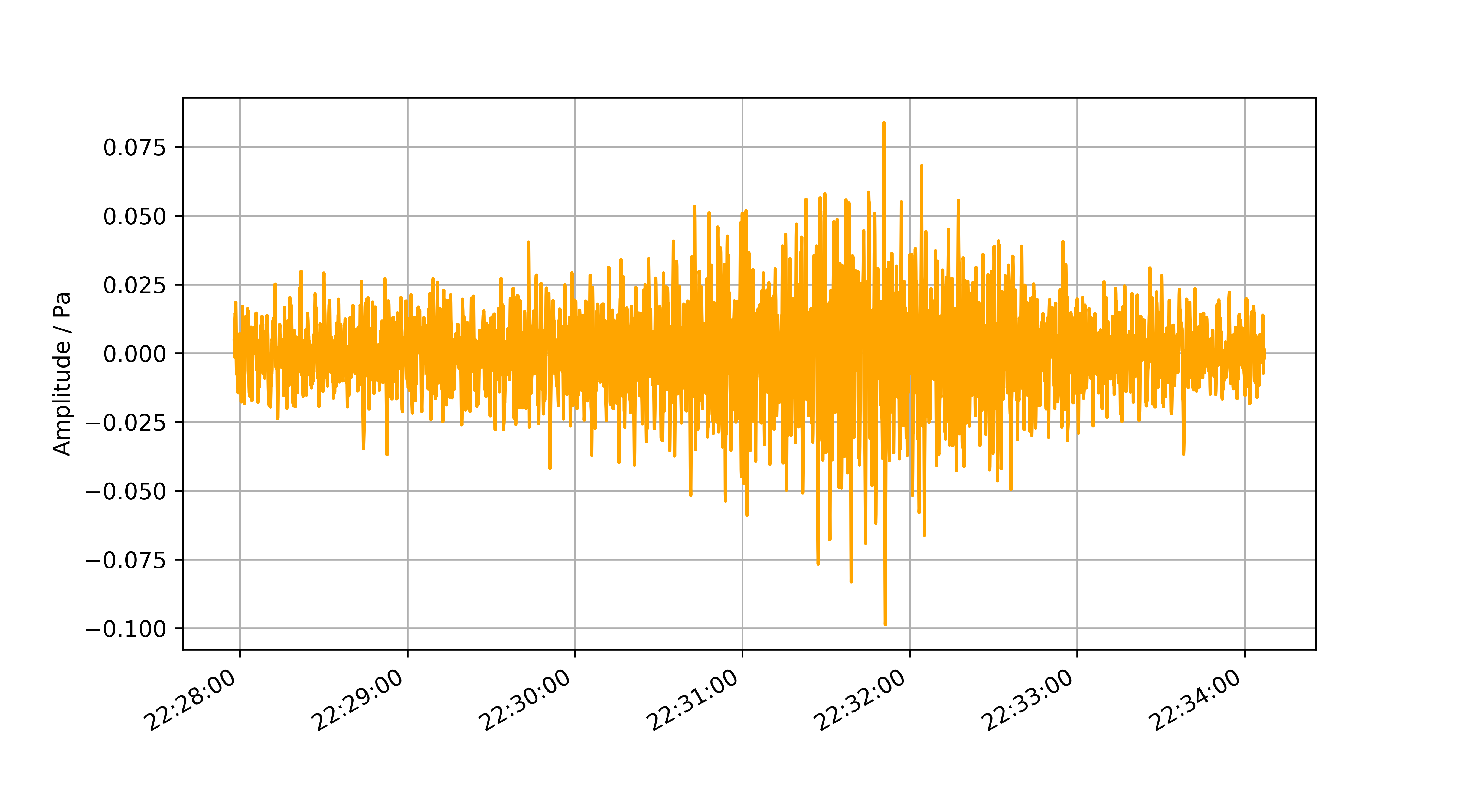

The extraterrestrial object that entered the Earth’s atmosphere could also be measured by infrasound. A typical signature of a fireball was identified in the waveform of five stations of the International Monitoring System of the Comprehensive Nuclear-Test-Ban Treaty Organisation.
In the course of the NEMO (NEar real-time MOnitoring system) project, a source energy of the entering asteroid of about 180 t TNT was calculated by Esther Drolshagen and Theresa Ott. With the velocity of 17.4 km/s computed by the Norsk Meteornettverk and an assumed density of 3000 kg/m3 they found that the size would be around 1.5 m diameter, with a mass of about 5.5 t!
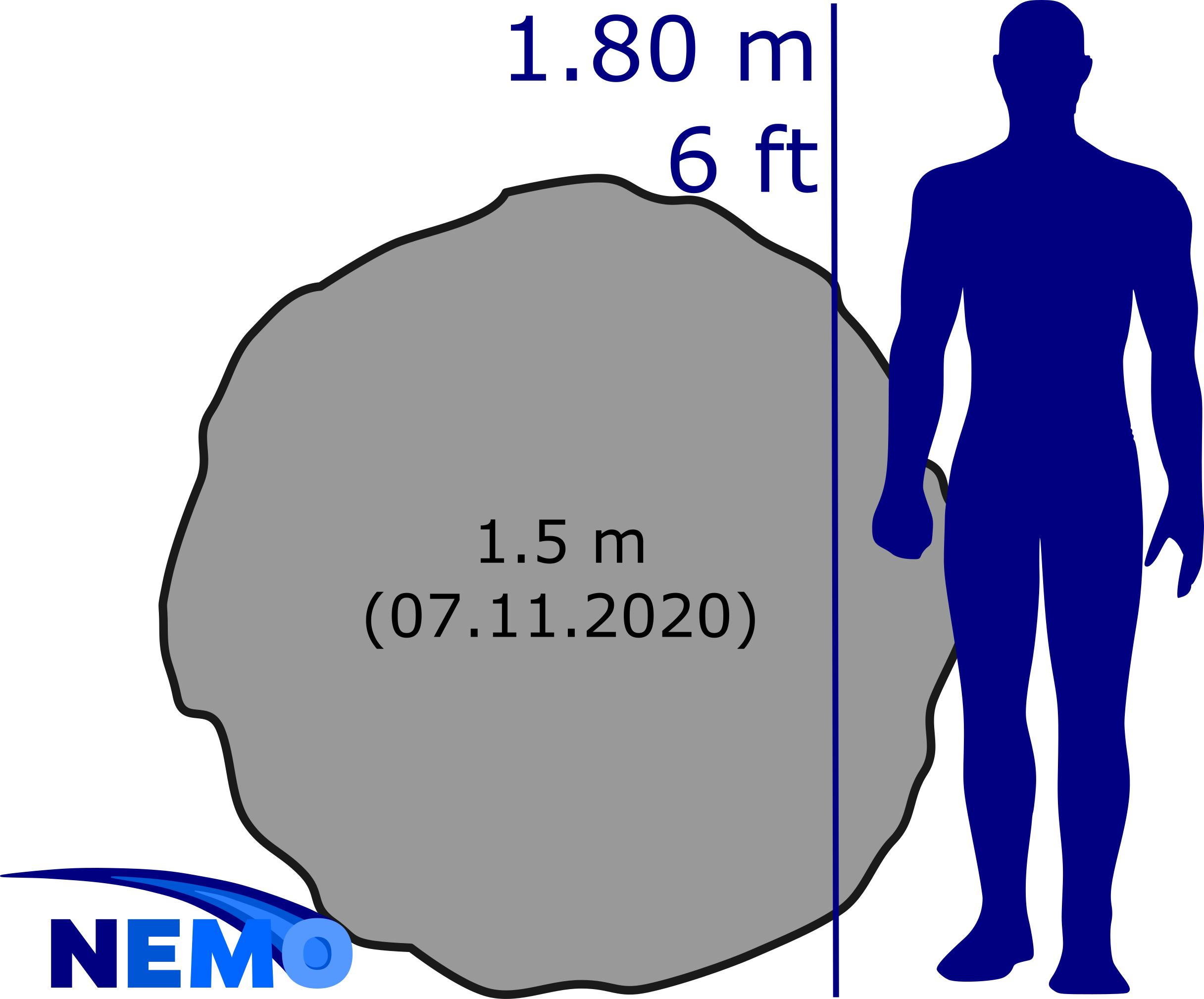
According to Strewnify a meteorite drop is likely, they calculated a strewnfield, which was published here. You can use it to go hunt for meteorites yourself but please be careful traveling in these times.
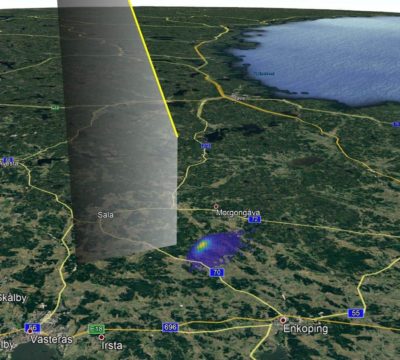
UPDATE [04/02/2021] : According to Jim Gage (Västerås Astronomi-och RymdforskningsFörening), several small iron/nickel meteorites (1 to 6 mm dimensions) associated to this fireball were recovered on November 22nd in the calculated strewnfield. Searches should go on when the snow will have melted in the area.
UPDATE [02/03/2021] : The probably main iron meteorite weighting 14 kg and which dimensions are close to 30 cm long has been discovered by two privately practicing geologists, Andreas Forsberg and Anders Zetterqvist. It is currently at the Swedish Museum of Natural History for analysis. The two discoverers did look for it for weeks, only finding millimeter-sized pieces of meteorites, until they realized this piece had made an unusual ground landing, bouncing on a rock, digging a meter-long track in the ground before being expulsed again by hitting a root! This explains why it was found 70 m from all other meteorites fragments.
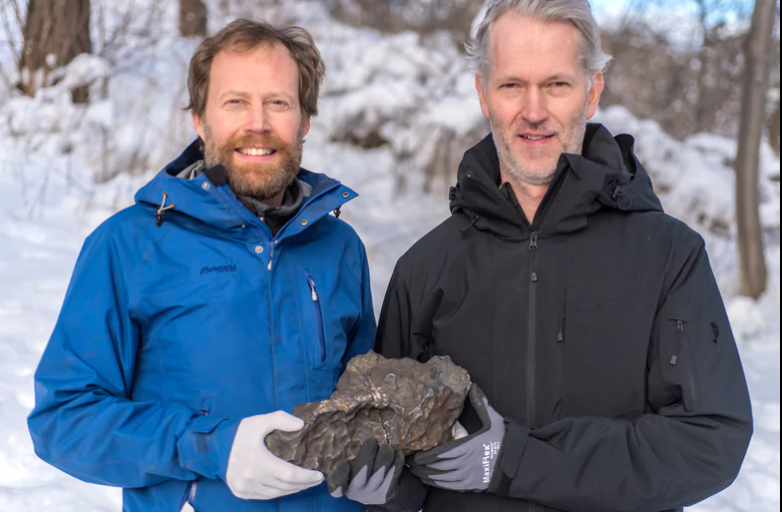
If you witnessed this event and/or if you have a video or a photo of this event, please
Submit an Official Fireball Report
If you want to learn more about Fireballs: read our Fireball FAQ.



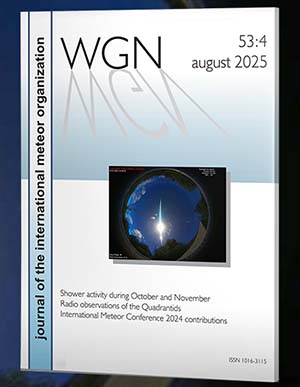
 You saw something bright and fast? Like a huge shooting star? Report it: it may be a fireball.
You saw something bright and fast? Like a huge shooting star? Report it: it may be a fireball.  You counted meteors last night? Share your results with us!
You counted meteors last night? Share your results with us!  You took a photo of a meteor or fireball? You have a screenshot of your cam? Share it with us!
You took a photo of a meteor or fireball? You have a screenshot of your cam? Share it with us!  You caught a meteor or fireball on video? Share your video with us!
You caught a meteor or fireball on video? Share your video with us!
4 comments
Karl, It may be of interest to IMO readers that we have confirmation of a find from this meteorite. Several small pieces were recovered 22 november and analysis has confirmed them to be from an iron nickel meteorite. So far, only these have been reported, and they are very small, 1 to 6 mm. We will begin searching again when the snow has melted. The pieces were found within the calculated strewn field, but I have no information as to the exact location as of yet.
Regards,
Jim Gage
Västerås Astronomi-och RymdforskningsFörening
VARF.se
Karl! BIG NEWS from Sweden!!! In today’s newspapers an article on the finding of a large piece from the november meteorite!
Article link here, google translate will work well, otherwise mail me for help.
Regards, Jim Gage
Västerås Astronomi-och Rymdforsknings Förening
https://www.dn.se/sverige/14-kilos-rymdsten-hittad-efter-ljuset-som-skramde-hundratusentals/
Well, now I see that link is a locked article, let me see what I can do…
This is a translation from Örebro Astronomy facebook page. Credit them if you quote, please.
NOW WE HAVE THE NOVEMBER METEORITE!
Of the approximately 9 tonnes that thundered into the atmosphere over Uppland on November 7, a substantial piece of iron meteorite has now been found. The impressive lump weighs 14 kg and is about 30 cm long. It is easy to see that it has been exposed to high temperatures. The original raw rock surface has melted during the descent and then cooled again as it fell for the last 17 kilometers after the space rock shattered in an explosion that could be seen all over Scandinavia. The result is a black surface with soft shapes, as the picture shows.
This is the first find of a newly fallen meteorite in Sweden in over 60 years. The fact that it is also an iron meteorite makes it a very rare find even from a global perspective.
The meteorite is now at the Swedish Museum of Natural History, but the finders were two privately practicing geologists, Andreas Forsberg and Anders Zetterqvist. They had, like many others, made several trips to the site and spent several hours on a fruitless and frustrating search. What was there to go on were the fragments we told about on January 26, but in that area you could not find anything larger than a few millimeters.
– “I was fainting”, says Andreas when he tells Örebro Astronomi about the moment when he caught sight of the long-awaited iron bumblebee. It was superficial and half wrapped in moss and the visual impression remained on the retina the following night which did not provide much sleep.
Andreas and Anders, together with the astronomer Eric Stempels, have subsequently been able to establish that the tracks and fragments previously found originate from the same meteorite, despite the fact that it was improbably found 70 meters from that place! At a speed of 150 meters per second, the lump of iron bounced sideways against a boulder, plowed a meter-long track into the ground, struck off a root and then made a 70-meter volt through the air before finally landing. What energy!
Eric Stempels, who is Sweden’s leading meteorite researcher and who leads the Swedish camera network, says: – “This is probably the main meteorite but smaller parts may well remain in the area. We can at least state that the approximately 2 square kilometers impact area was calculated using of observation data from cameras in several countries corresponded very well with reality. “
Thanks a lot for keeping us informed on that event, James!
Post updated!